Economic Conditions Impact on Participation in Nutrition Assistance Programs
The U.S. Department of Agriculture (USDA) administers 15 domestic nutrition assistance programs. The five largest programs are: the Supplemental Nutrition Assistance Program (SNAP, formerly the Food Stamp Program), Special Supplemental Nutrition Program for Women, Infants, and Children (WIC), National School Lunch Program (NSLP), School Breakfast Program (SBP), and Child and Adult Care Food Program (CACFP). Although SNAP's reputation as one of the Nation's primary counter-cyclical assistance program, expanding during economic downturns and contracting during periods of economic growth, is well established, there has been little analysis of the effect of the economy on other programs. This book examines the relationship between U.S. economic conditions and participation in the U.S. Department of Agriculture's nutrition assistance programs and how changes in program policy may have influenced this relationship.
{{comment.content}}
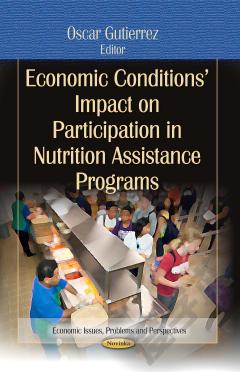
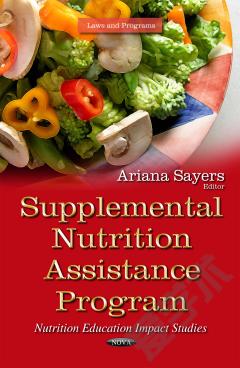
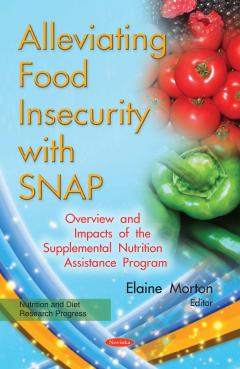
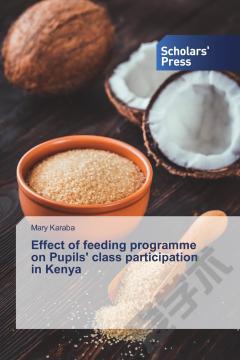
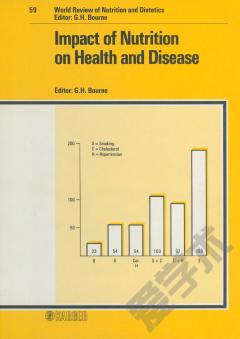
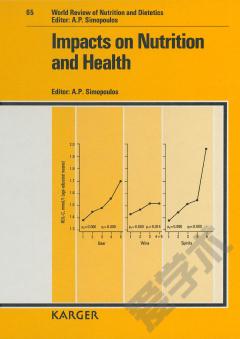
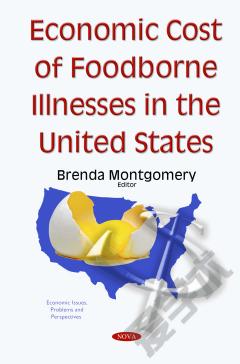

 京公网安备 11010802027623号
京公网安备 11010802027623号